Terminal des bus interurbains de Seonghwan
16.9 Km 3193 2015-11-09
375-2 Seonghwan-ri Seonghwan-eup Cheonan-si Chungcheongnam-do
Sanctuaire de Hyeonchungsa (현충사)
17.0 Km 1858 2020-04-15
130, Hyeonchungsa-gil, Yeomchi-eup, Asan-si, Chungcheongnam-do
+82-41-539-4600
Hyeonchungsa situé dans le district de la ville de Asan est le lieu où repose l’Amiral Yi Sunsin (1545-1598). Ce sanctuaire dédié à ce héro national, fut élevé en 1706 sur ordre du roi Sukjong (règne de 1674 à1720). Ce n’est que l’année suivant que le roi désigna le sanctuaire du nom de Hyeonchungsa En 1932 sous l’occupation japonaise, une organisation de préservation des reliques vit le jour pour maintenir ce sanctuaire en l’état. Plus tard, le gouvernement décida de le reconstuire puis de l’élargir en une vaste zone sacrée. On y trouve un portrait de l’Amiral, ainsi que le récit de sa vie en dix images. On peut y voir également, ses chroniques de batailles classées trésor national numéro 76, son sabre long classé trésor national numéro 326, la maison où il vécut, son espace d’entraînement au tir à l’arc, et un modèle de son fameux bateau tortue.Après avoir passé la première porte du sanctuaire, une deuxième se tient sur le chemin pour ensuite laisser place à la structure en tuiles bleues et en béton renforcé qui abrite le portrait de l’Amiral On trouve aussi la maison ou l’Amiral a passé son enfance, ainsi qu’un étang aux lotus de conception récente.
Gayeongdang, Cheongju [Korea Quality] / 가영당 [한국관광 품질인증/Korea Quality]
17.1 Km 793 2021-10-07
71-54, Miraeji-ro, Cheongwon-gu, Cheongju-si, Chungcheongbuk-do
This hanok (traditional Korean house) is located in Ochang Hanok Village within Ochang-eup’s Miraeji Theme Park. Ochang Hanok Village is a collection of about 20 modernized hanok buildings that boast excellent views of the mountain and the Ochang Reservoir nearby. Gayeongdang is owned by Kim Byeong-hee, a master in flower tea who has studied Korea’s traditional flower tea for nearly 30 years. Visitors interested in Kim’s work have an opportunity to discuss the art of flower tea over tea and sweets with the master through Gayeongdang’s tea ceremony program.
Gayeongdang is a faithful recreation of the C-shaped hanok complex, centered around a grass lawn. It is constructed entirely out of Korean pine trees, which fills the indoor spaces with a rich scent of pine. The main and annex buildings are all Korean rooms with ondol (under-the-floor heating system). The former allows guests access to the room, the living room, and the tea ceremony room, while the latter allows opportunities for grilling in the lawn. The space is also available for small events like seminars, small concerts, and marriage ceremonies.
Jincheon Sutbul Gogi (진천숯불고기)
17.6 Km 26 2021-03-23
3, Saseok 1-gil, Jincheon-gun, Chungcheongbuk-do
+82-43-534-5492
It is a good place to hold various gatherings and has been selected as a place with excellent hygiene. This restaurant's signature menu is charcoal-grilled meat. This Korean dishes restaurant is located in Jincheon-gun, Chungcheongbuk-do.
Terminal des bus express d'Asan (Onyang)
18.3 Km 4992 2016-08-03
557-3 Mojong-dong Asan-si Chungcheongnam-do
Terminal des bus interurbains d'Onyang
18.3 Km 3799 2014-10-29
555-9 Mojong-dong Asan-si Chungcheongnam-do
+82-41-542-6848, +82-1688-9311
Temple Singwangsa (신광사)
18.5 Km 7834 2023-04-07
Ville autonome de Sejong Jochiwon-eup Togolgogae-gil 24
+82-44-865-5601
Le temple Singwangsa est situé sur le mont Nojeoksan. Il fut construit il y a environ 160 ans puis renové en 1920 par le grand prêtre Lee Gyeong-jik. Le temple, à l’origine appelé Togoljeol ou encore Suryangsa, fut renommé Singwangsa par le moine Hyewon dans les années 1980.
Temple Biamsa (비암사)
19.1 Km 16410 2020-04-14
137 Biamsa-gil, Jeonui-myeon, Sejong
+82-44-863-0230
Les origines du temple Biamsa sont inconnues. Son architecture rappelle cependant le style utilisé durant la période de la Dynastie Goryeo (918-1392). Le Hall Geungnakbojeon et Samcheungseoktap (pagode de trois étages) situés dans le temple ont été désignés Propriétés Culturelles de Chungcheongnam-do.
Le temple Biamsa est devenu célèbre après la découverte des Samyeongunsang, les statues situées près de la pagode. Parmi ces statues, les trois représentants Buddha ont été nommées Trésor National N°106. Les statues d’Amitabha et de Maitreya ont quant à elle été nommées respectivement Trésor National N°367 et 368.
Pungduck House
19.1 Km 1100 2021-04-09
20-17, Oeamminsok-gil, Songak-myeon, Asan-si, Chungcheongnam-do
+82-41-541-0023
Pungduck Old House is located in Oeam Folk Village. The name “Pungduck (or Pungdeok)” comes from the penname of Lee Taekju, the seventh-generation descendant of historical figure Lee Sajong who earned the penname “Pungdeok” while serving as the Governor of Pungdeok-gun, Gwanghae-do. The old house is “ㅁ”-shaped, with “ㄴ”-shaped building and “ㄱ”-shaped building right over it. Behind the main building is a knoll that serves as a wall of the house. Detached buildings called “sarangchae” and “byeolchae” are used as a guesthouse where guests can experience an old traditional Korean house. The "sarangchae" with area of 40㎡ has two rooms, one living room, a kitchen, and a bathroom. There is a toenmaru (narrow wooden porch running along the outside of a room). The “byeolchae” has a large spacious room, a kitchen, and a bathroom. There is a low wooden bench called “pyeongsang” in front of the “sarangchae” and “byeolchae.” Pungduck Old House is also well-known for its traditional red chili paste, so it offers a Traditional Red Chili Paste Class where participants can buy or make their own red chili paste, soybean paste, and grain syrup using traditional recipes. There is a fee for participating in the class, so make a reservation when booking.
Onyang Grand Hotel (온양그랜드호텔)
19.1 Km 11960 2019-11-05
7, Chungmu-ro20beon-gil, Asan-si, Chungcheongnam-do
+82-41-543-9711
The town of Onyang, where Onyang Grand Hotel is located, is the oldest hot springs area in Korea. The history of Onyang can be traced back to 1,300 years ago when the Joseon Dynasty kings visited the hot springs in the area to relax and unwind. Remains of the hot springs sought by the royalty can be found in Onyang today.
Onyang Grand Hotel has over 150 rooms and high quality facilities, including hot springs, a sauna, a fitness center, an indoor swimming pool, wedding and banquet halls and a bowling alley. Guests may also visit a wide range of tourist attractions nearby.

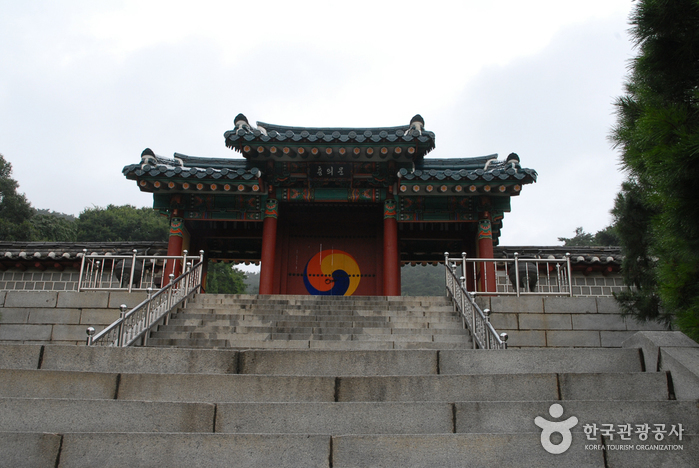
![Gayeongdang, Cheongju [Korea Quality] / 가영당 [한국관광 품질인증/Korea Quality]](http://tong.visitkorea.or.kr/cms/resource/83/2706983_image2_1.jpg)
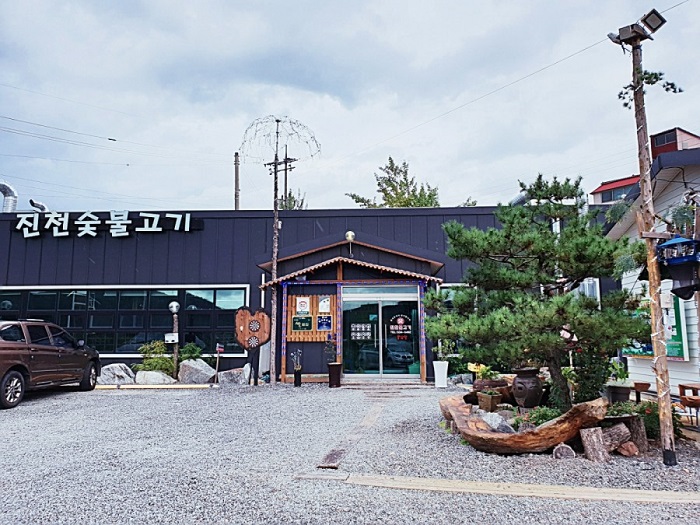
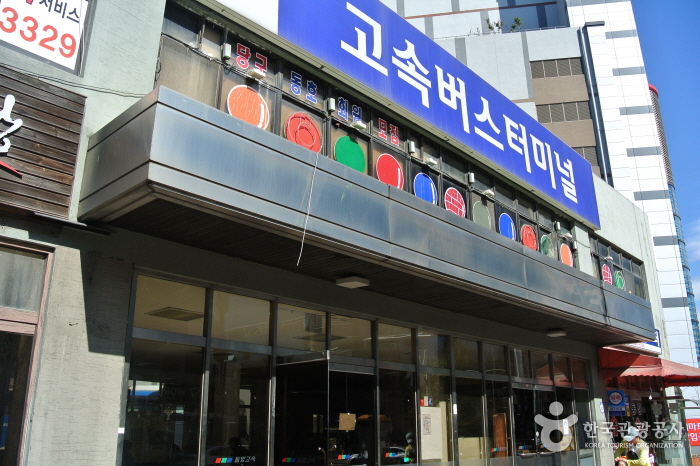
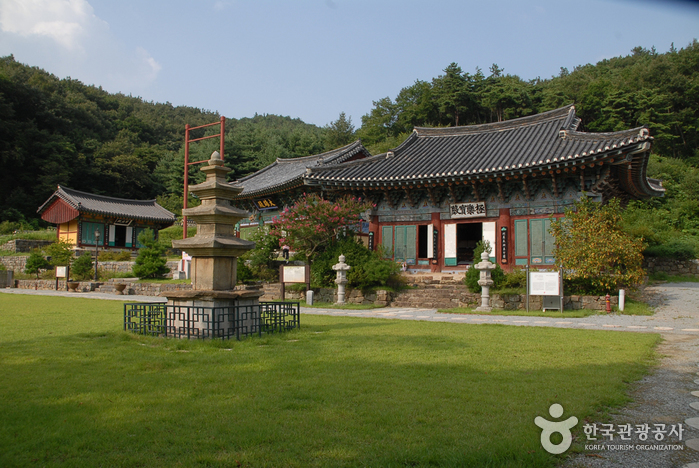
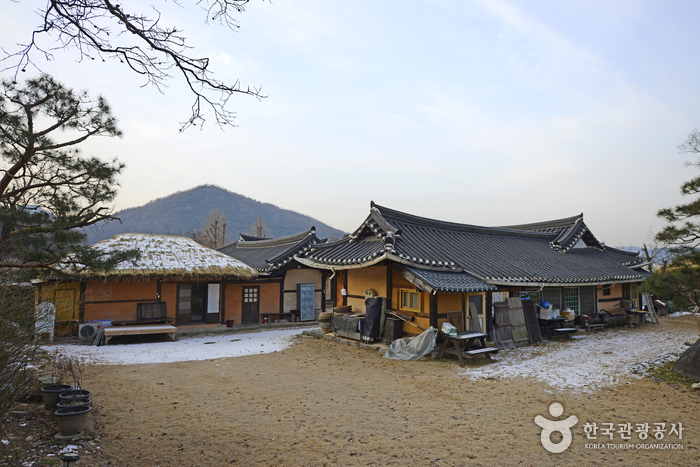
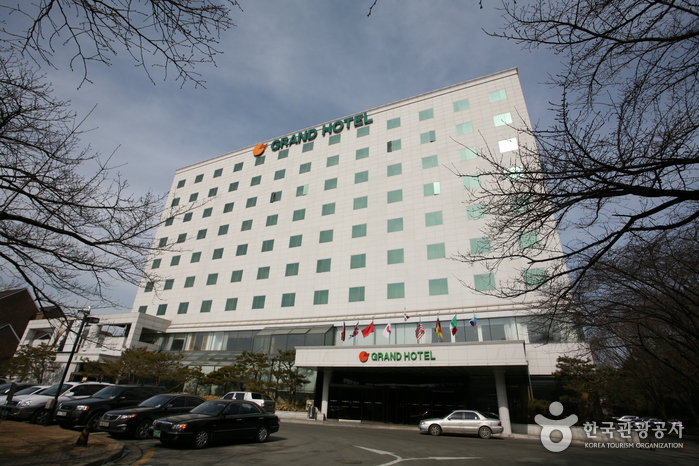
 Français
Français
 한국어
한국어 English
English 日本語
日本語 中文(简体)
中文(简体) Deutsch
Deutsch Español
Español Русский
Русский